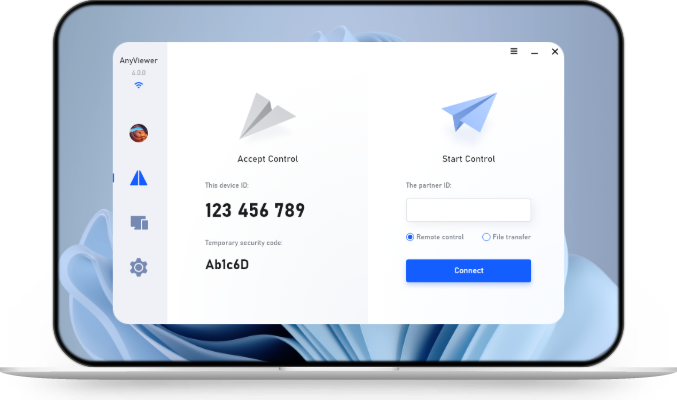Unlocking Seamless Sound: A Guide on How to Enable Sound in Remote Desktop Software
Discover the importance of sound in remote access and follow our detailed guide to enable sound in remote desktop software. Uncover the benefits, get tips for optimal audio performance, and explore AnyViewer as a robust alternative. Elevate your remote desktop experience today!
Introduction
In the ever-evolving landscape of remote work, the importance of seamless communication cannot be overstated. Remote desktop applications play a pivotal role in connecting individuals across distances. One crucial aspect that often gets overlooked is the incorporation of sound, adding a human touch to virtual interactions. In this guide, we'll delve into the intricacies of enabling sound in remote desktop software, making your remote experience richer and more immersive.
How to Enable Sound in remote desktop software
Step-by-step guide
Ensuring sound functionality in remote desktop software is a straightforward process. Follow these steps
Step 1. Open remote desktop software and access the settings menu.
Step 2. Navigate to the "Audio" tab.
Step 3. Enable the "Play computer sound" option.
Step 4. Save the changes.
Troubleshooting
Encountering sound issues? Check for the following
- Ensure your computer's audio is not muted.
- Verify that remote desktop software is granted access to your computer's audio.
- Update your remote desktop software application to the latest version for bug fixes.
Benefits of Having Sound in remote desktop software
Enhanced user experience
Sound adds a new dimension to remote access, making interactions more lifelike. From collaborative discussions to training sessions, the inclusion of sound fosters a sense of presence and engagement.
Improved collaboration
In team-oriented tasks, sound facilitates real-time communication. Experience seamless collaboration as if your colleagues were in the same room, enhancing productivity and teamwork.
Tips for a Smooth remote desktop software Audio Experience
Exploring additional settings
Beyond the basics, delve into remote desktop software's advanced audio settings for a customized experience. Adjust parameters like audio codec and quality to tailor sound to your specific preferences.
Utilizing peripheral devices
Enhance audio further by connecting high-quality speakers or headphones to your local machine. Remote desktop software seamlessly integrates with peripheral devices for an immersive sound experience.
Diving Deeper into remote desktop software's Sound Configuration
Advanced audio settings
Within remote desktop software's audio settings, explore options like echo cancellation and microphone forwarding. Fine-tune these settings to achieve optimal audio clarity during remote sessions.
Network considerations
For an uninterrupted audio experience, ensure a stable internet connection. Remote desktop software performs best with a reliable and high-speed network, minimizing disruptions in sound quality.
AnyViewer A Closer Look as the Sound Maestro
Exceptional audio quality
AnyViewer's reputation as a sound maestro is well-earned. With crystal-clear audio quality, it outshines competitors, providing a premium remote access experience.
Collaboration features
AnyViewer goes beyond basic sound functionality, offering collaborative features like file sharing and whiteboarding. Elevate your teamwork with these integrated tools.
Security considerations
Amidst the excitement of enhanced sound, prioritize security. Remote desktop software and AnyViewer both prioritize secure connections, but it's essential to adhere to best practices for remote access security.
Compatibility with different operating systems
Ensure compatibility with your operating system when implementing sound solutions. Remote desktop software and AnyViewer support various platforms, but it's crucial to verify before installation.
Conclusion
As technology continues to bridge physical gaps, the role of sound in remote access becomes increasingly vital. Whether you choose remote desktop software or opt for AnyViewer's sound prowess, the key is to explore, experiment, and tailor your remote experience to match your unique preferences. Unlock the potential of sound in the digital realm, transforming virtual interactions into immersive and engaging encounters.
FAQs
Q. Can I use remote desktop software to remotely access a computer with a different operating system?
A. Absolutely! Remote desktop software supports cross-platform remote access, allowing you to connect seamlessly to computers with different operating systems.
Q. What measures can I take to minimize audio latency during remote sessions?
A. To minimize audio latency, close unnecessary applications, optimize your internet connection, and consider upgrading to a higher-speed network if feasible.
Q. Are there any specific router configurations recommended for optimal remote desktop software sound performance?
A. While remote desktop software generally works well with standard router configurations, ensuring ports used by remote desktop software are open can contribute to optimal sound performance. Check remote desktop software's documentation for detailed information.

